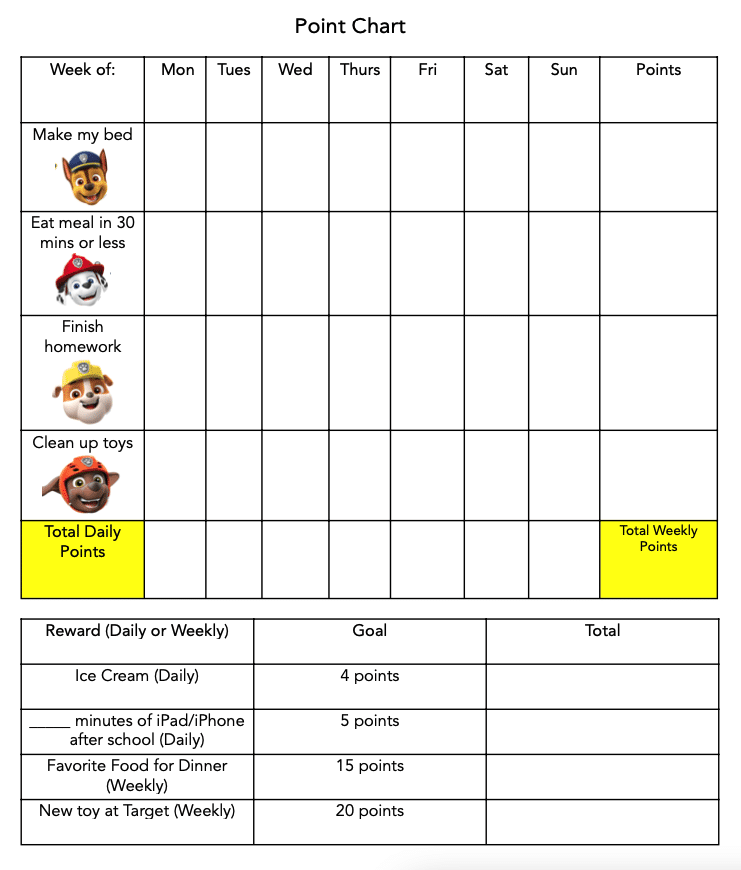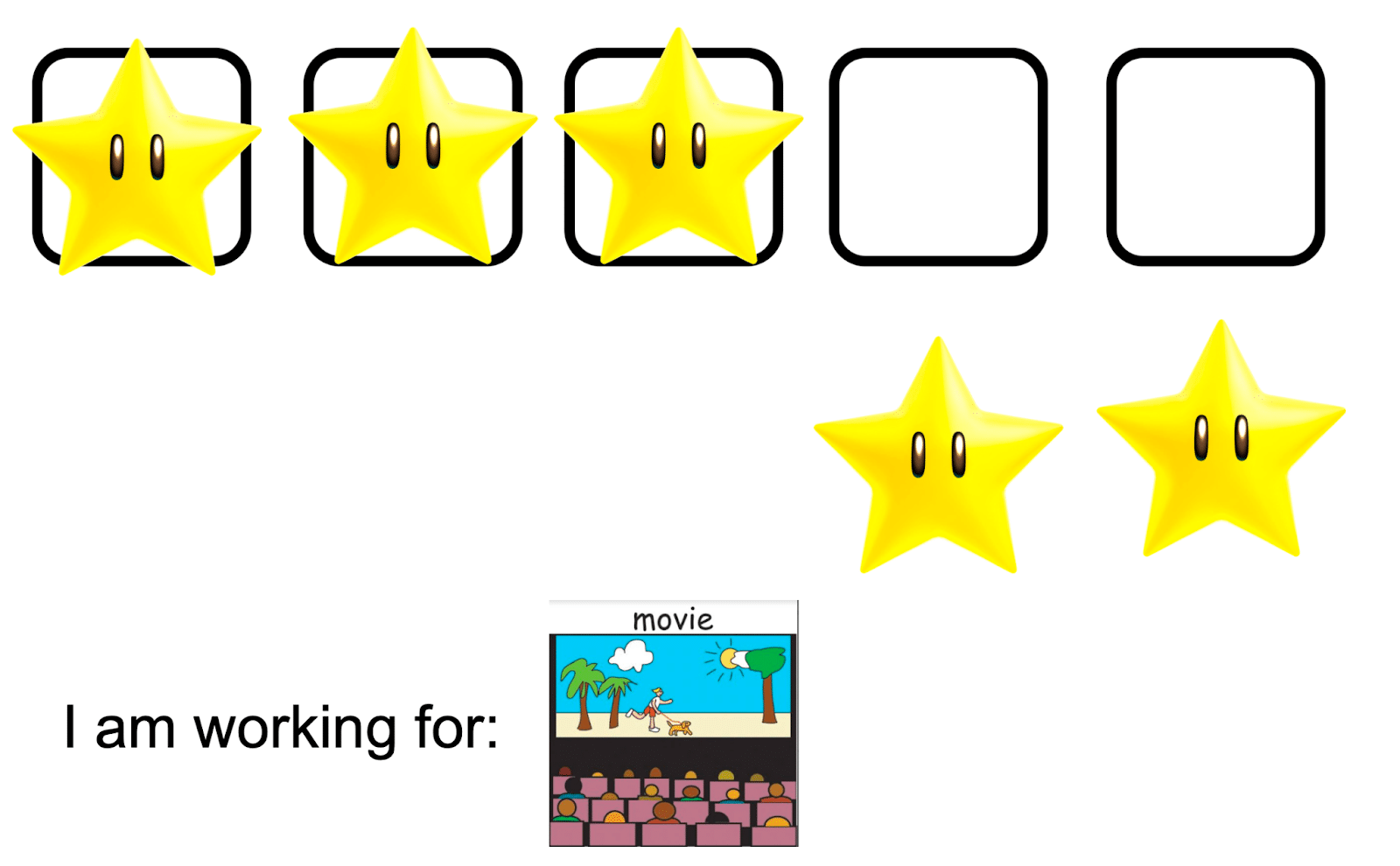Using Token Systems to Reinforce Positive Behavior
We launched this series to help parents understand why children engage in challenging behavior and to offer practical strategies for promoting positive behavior. One such strategy is the use of a token system. A token system is a handy tool that you can use to encourage a behavior that you want to see your child exhibit more often.
Token Reinforcement Systems
A token system involves giving a child points, stickers, or small objects (aka tokens) for specific behaviors that you want to see occur more frequently. The child saves up and trades in a predetermined number of tokens at a later time for an object or activity that they want. Sometimes, a child may trade in tokens a few minutes after starting to earn the first one; other times, the delay may be several hours or several days. This depends on your child’s learning stage.
Some classic examples of token systems are:
- earning points
- raffle tickets
- sticker charts
- marble jars
- unifix cubes
- money

For a token system to be successful, be sure to:
- Determine a clear behavior that you want to reinforce
- Decide how often you’ll provide reinforcement
- Figure out what your child is motivated to work for
- Decide what you’ll use as tokens
- Explain the plan to your child
Here are a few examples of ways that parents can use token systems.
Dylan knows that if he doesn’t interrupt his mom when she talks to her friend Erin, he will earn a token for every minute his mom is on the phone and he is patient. Over time, Dylan’s mom is able to increase Dylan’s wait time, offering a token every couple of minutes, rather than every minute. At the end of the phone conversation, Dylan trades in his tokens for access to a special toy.
Drew’s dad has been looking for ways to increase Drew’s activity levels, including participation in family walks, which they typically protest. When Drew comes on the family walk, they earn a token for each block they walk without protesting.
Ella’s parents give her a star token for every evening she uses calm words to ask for what she wants, or to express her feelings without screaming. After earning five star tokens, Ella gets to pick out a movie for the family to watch together.

Tokens can be very useful in teaching new skills and can quite easily be faded over time. Just because you offer tokens initially to teach a skill or increase a behavior doesn’t mean that you will be stuck offering tokens forever! Eventually your child will develop independence.
Tokens can be initially offered for each bite of vegetables, every minute of sitting calmly, or every time you see your child being kind to a sibling or pet.
We recommend being really specific to start. Begin with a short time frame and give tokens frequently, rewarding even small efforts on your child’s part.
Over time, you can increase the amount of work required to earn a token, as well as the number of tokens required to earn the reward. You can stick to short and sweet time frames or extend your timeline to last for days or weeks before the child earns a reward.
One side benefit of extending your timeframe: It can ultimately help children who expect immediate reinforcement to increase their delay tolerance. This system works well for both younger and older children, as long as your child is able to understand why they’re getting tokens and the concept of trading them in for a reward.
Cultivating Positive Behavior Over Time
Token systems increase motivation by providing periodic reinforcement and can help children develop their ability to delay gratification over time. They are versatile and can be tailored to your child’s age and behavior goals. Remember to be patient with yourself and generous with your positive rewards, including praise, as you use token systems. They’re just one of many tools available to help cultivate good behavior in your child.
Download a free printable token economy here.
If you are looking for more quick tips on how to use ABA strategies at home visit our Youtube channel.
You can also find more articles on a variety of ABA strategies here.




